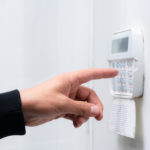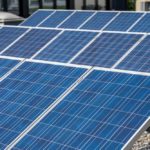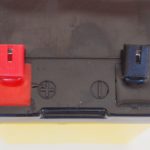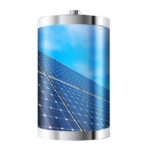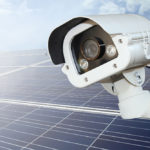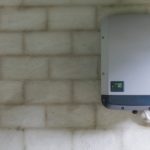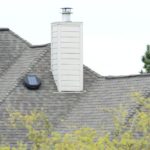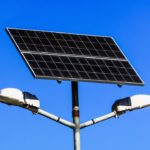If you have solar panels installed, it’s important that you know how to check the solar panel output, as well how to check that the solar panels are working properly.
When you install solar panels, your electric bills are likely to decrease, but you need to be aware of the amount of power output being generated in order to maximise these savings.
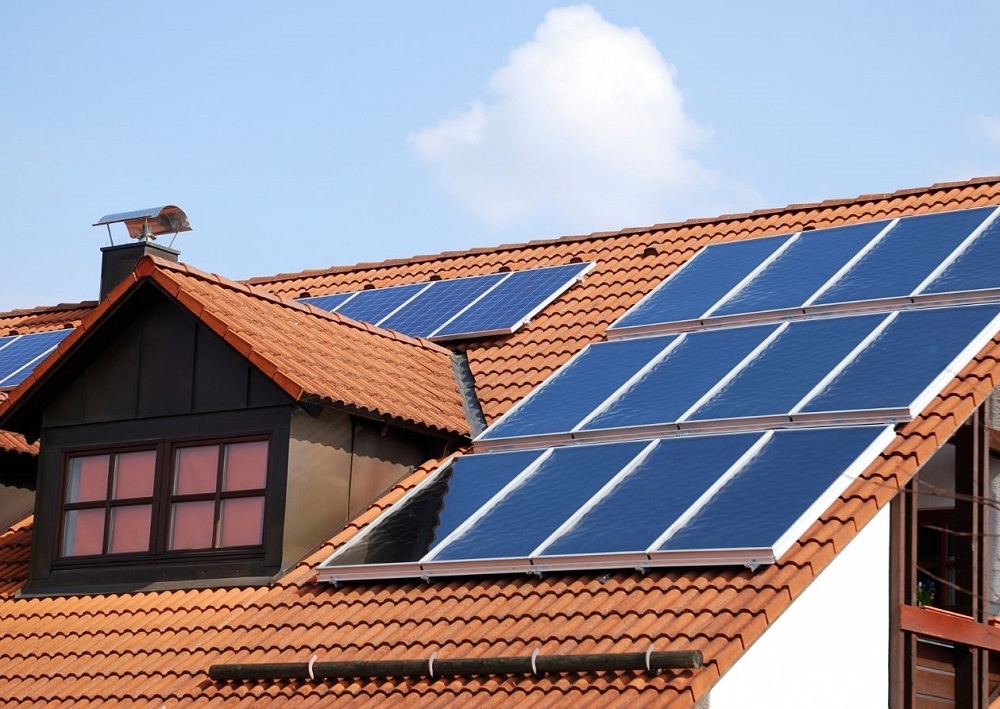
The following is a guide to testing solar panels by using a multimeter to measure dc amps and dc voltage. This is a very important procedure in regards to getting the most out of your solar panels, and one that’s often overlooked once homeowners are past the stage of connecting solar panels.
Solar Panel Testing
There a few things you need to know in order to test a solar panel.
First, you’ll need both a multimeter and an amp meter. These are the devices used to measure the wattage and voltage of a solar panel. It should be noted that you can only test a charge controller if the battery is not full, as a fully charged battery resists the current.
To read the dc amps (also known as the amperage) of your solar panel, you’ll need to attach the amp meter to the positive and negative terminals. This will allow you to test the solar panel voltage.
It’s important, during this stage, that the solar panel is experiencing the same sunlight conditions as it would normally. Try not to move them from their regular positions when using the amp meter.
You can also use a variable resister box, which will help you get solar panel readings with varying levels of resistance. These devices can be found at hardware stores and automotive shops, and tend to be affordable.
Alligator clips can also be helpful; these create a temporary connection for testing the power output of your solar converter box.
What You Should Know Before Testing Your Solar Power System
Before you test a solar panel (or solar panels), there’s some things you need to know. Electrical current tends to come under one of two categories: alternating current (also known as AC), or direct current (also known as DC). DC is usually used for low voltage. The difference between AC and DC is that while DC flows in just one direction, the AC is constantly reversing.
Your solar panel output is measured in watts. This is because most household appliances use power via this format.
The first thing you need to know about measuring the output of your panels is the following equation: volts x amp = watts. This means that in order to calculate your solar panel output, you’ll be determining both the panel’s voltage rating, and the panel’s amperage.
Panels have photovoltaic cells. These are what converts direct sunlight into electricity. These cells are primarily made of silicon, which is a semi-conductive material. The electric current that’s produced by the solar panel tends to be transferred to an inverter.
While solar panels are capable of generating DC electricity, the majority of homes require it to be in AC. The inverter works to convert DC electricity to AC.
One of the many reasons a lot of people have flocked to solar panels is because there’s no wastage. This is because the utility will transfer any excess electricity over to the primary grid, so if you’re producing more electricity than you require, you’re essentially getting credit for said excess. This is most handy when tied to a grid, particularly at night.
Measure the Solar Panel Current
You can measure the current using a multimeter. A variable resistor box is recommended as well. Testing solar panel systems will be simple enough if you follow these steps:
- Find the junction/convertor box. This tends to be found at the back of the solar panel. Sometimes they’ll have a cover, so remove this if it’s there.
- Next, find the positive and negative connections. It’s important to know the difference. If you’re unsure, check the instruction panel. The panel should be receiving the same amount of full sunlight as it always would.
- Set your multimeter to its appropriate function so it’s reading power in DC format. Set the multimeter so it’ll determine voltage levels suitable to the solar panel. This will ensure you get the most accurate reading from your solar panel systems.
- Next you should make sure the multimeter is connected to the solar panel. If you’ve done it correctly, the multimeter’s positive and negative clips will be connected to the right connectors.
- Note your voltage reading, then turn off your multimeter and disconnect it from the solar panel.
Calculate the Output of the Solar Panel
Once you’ve measured the solar panel amperage and the operating current, you can calculate the actual wattage that the solar panel is producing. This is where the aforementioned equation (amperage x voltage = wattage) comes into play. Multiply the solar panel amperage by the voltage and this will give you the wattage.
This specific calculation will give you the daily watt hours, but it’s important to note that this measure is only the measure for full sunlight. Most homeowners will be getting about 75% of the total, because you can’t expect ideal weather/sunlight conditions all day every day.
To test your solar charge controller, connect the correct leads (the positive lead on the positive side and the negative lead on the negative side), and the meter should read -10A.
Connect the charge controller to the battery before disconnecting the positive cable from said battery, and connecting the meter to the positive side of the charge controller.
Then, connect the negative connector of the meter to the positive terminal of the battery. This will show you the current flowing from the charge connector and the solar panel. This stage might also require alligator clips.
Why is it Important to Test Solar Panels?
Provided by the manufacturer, the power rating of a solar panel is the number that represents how much solar power the panels can produce within their most ideal conditions.
However, it’s quite rare that solar panels are exposed to the ideal conditions. At most, solar panels tend to experience said conditions for a few hours per day.
The efficiency of solar panels and their power production varies due to a number of factors. These include the temperature outside, shade, the amount of peak sun hours throughout the day, which direction the solar panels are facing, the geographic location of the solar panels, and the season.
Testing your solar panels means you can get an accurate reading of how much solar power they’re actually generating. This would let you know whether you should be investing in new solar panels, or whether you should be repositioning the ones you already have.
Essentially, when you test your solar panels you’ll be able to put your power needs in perspective, and make sure that your panel’s output is optimized.
Conclusion
By testing your solar panels regularly, you’re ensuring that your solar power system is providing you with the most power possible. Now that you know how to test solar panels and get an accurate measurement, you can rest easy knowing that you’re getting the most out of your solar panels.

